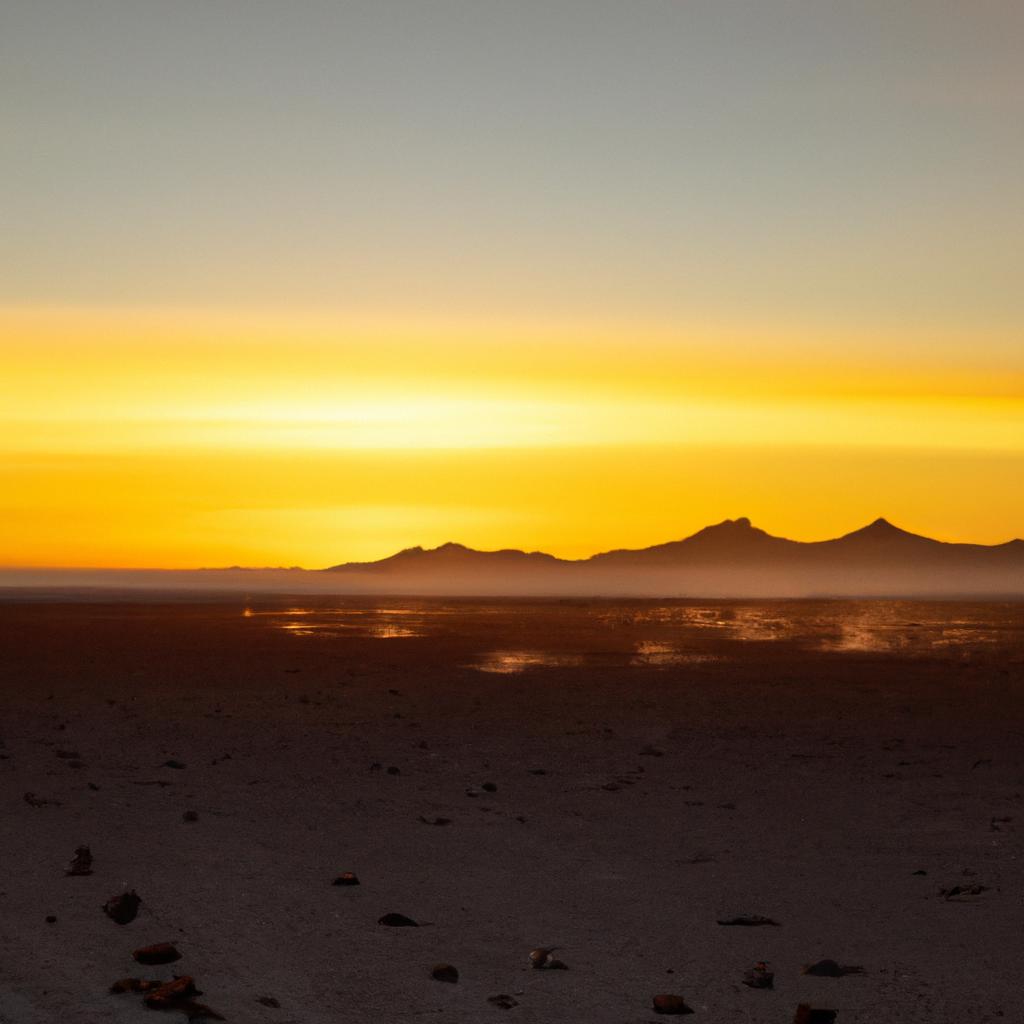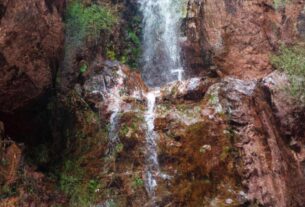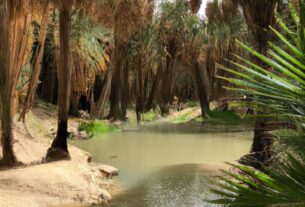The Uyuni Desert, also known as Salar de Uyuni, is an awe-inspiring salt desert located in Bolivia, South America. It holds the prestigious title of being the largest salt flat in the world, spanning over 10,000 square kilometers. This magical destination attracts travelers from all corners of the globe due to its exceptional geography, captivating culture, and intriguing history.
Location and Geography

The Uyuni Desert is nestled in the Potosi and Oruro departments of southwestern Bolivia, near the peaks of the magnificent Andes Mountains. Sitting at an elevation of 3,656 meters above sea level, it proudly claims its position as one of the highest deserts worldwide. The desert was once part of an ancient saltwater lake that covered a significant portion of southwestern Bolivia.
The geological makeup of the Uyuni Desert is truly extraordinary. It comprises a thick layer of salt crust that encases a brine rich in lithium, potassium, and magnesium. In certain areas, the salt crust can be several meters thick, making it one of the world’s largest reserves of lithium. Additionally, this region is blessed with active volcanoes, which have helped shape its unique geological features.
The Uyuni Desert bewitches visitors with its unparalleled natural beauty. Its expansive salt flats, vibrant lagoons, and towering volcanoes provide an otherworldly experience for those fortunate enough to explore this mesmerizing destination.
History and Culture

The Uyuni Desert boasts a rich history that spans thousands of years. It was once inhabited by the indigenous Aymara people, who utilized the salt flats as a valuable source of salt. They traded this precious commodity with other indigenous groups, creating a network of cultural exchange. However, in the 19th century, the mining industry transformed the area into a vital transportation hub. Unfortunately, this era also forced the Aymara people into laborious work within the mines.
Today, the Uyuni Desert stands as a symbol of Bolivia’s cultural heritage. Indigenous communities continue to thrive in this region, relying on the salt flats for their livelihoods. Culturally curious visitors can immerse themselves in the traditions and customs of the Aymara people, creating an enriching travel experience. The Uyuni Desert holds great significance to the people of Bolivia, and its history and culture form an integral part of its identity.
The Allure of the Uyuni Desert
The Uyuni Desert beckons wanderers with its wealth of attractions and activities. From traversing the boundless salt flats to visiting resplendent lagoons and geysers, this mystical desert has something to captivate every traveler.
Tourist Attractions
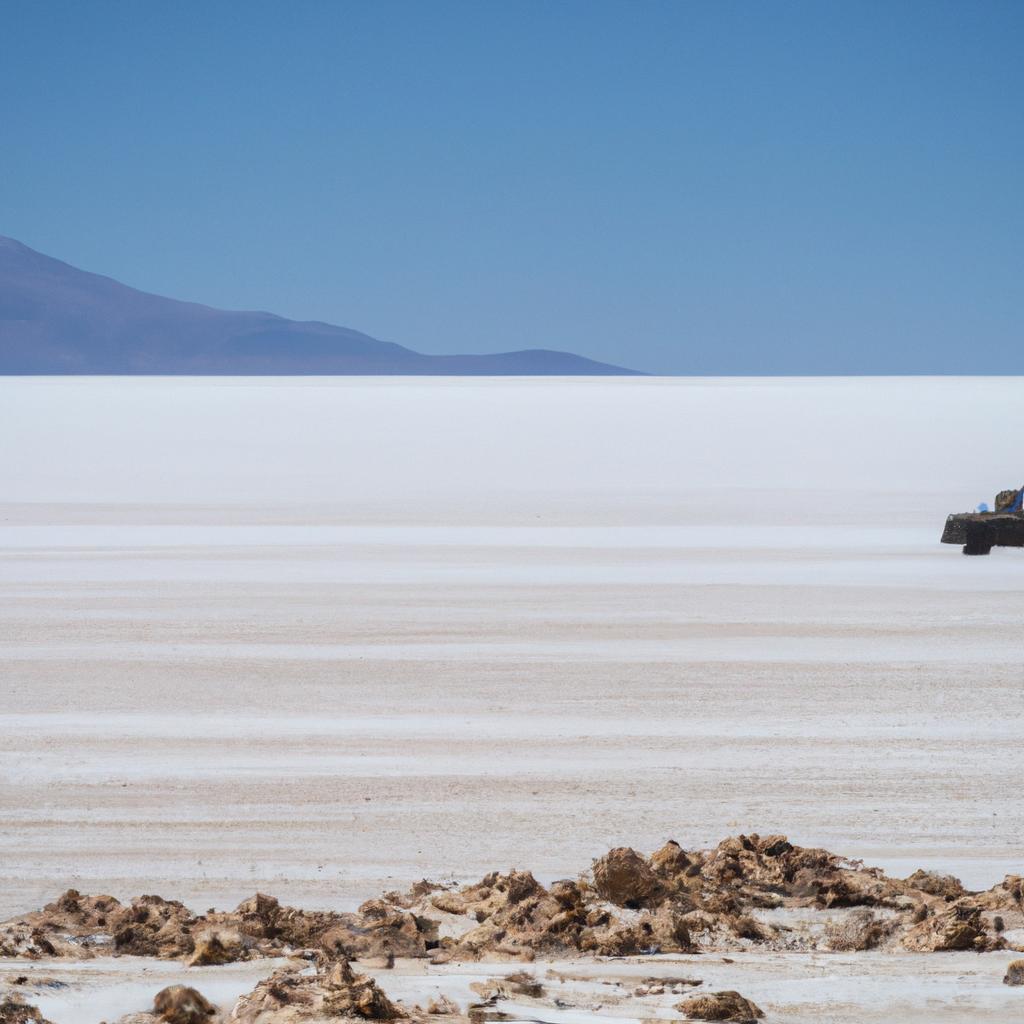
Undoubtedly, the salt flats are the star attraction of the Uyuni Desert. Stretching endlessly in a pristine white expanse, they provide an ideal canvas for photographers to capture their imagination. Visitors can embark on a 4×4 tour or explore the flats on a bicycle, getting up close to the splendor of this natural wonder.
The Train Cemetery, situated just outside the town of Uyuni, is another intriguing attraction. Here, abandoned steam locomotives from the 1940s lay rusted amidst the desert landscape, offering a fascinating glimpse into Bolivia’s industrial past.
Colorful lagoons like Laguna Verde and Laguna Colorada add to the desert’s allure. These picturesque lagoons boast vibrant green and red hues and serve as habitats for various flamboyant flamingo species, creating a captivating spectacle for nature enthusiasts.
Popular Activities
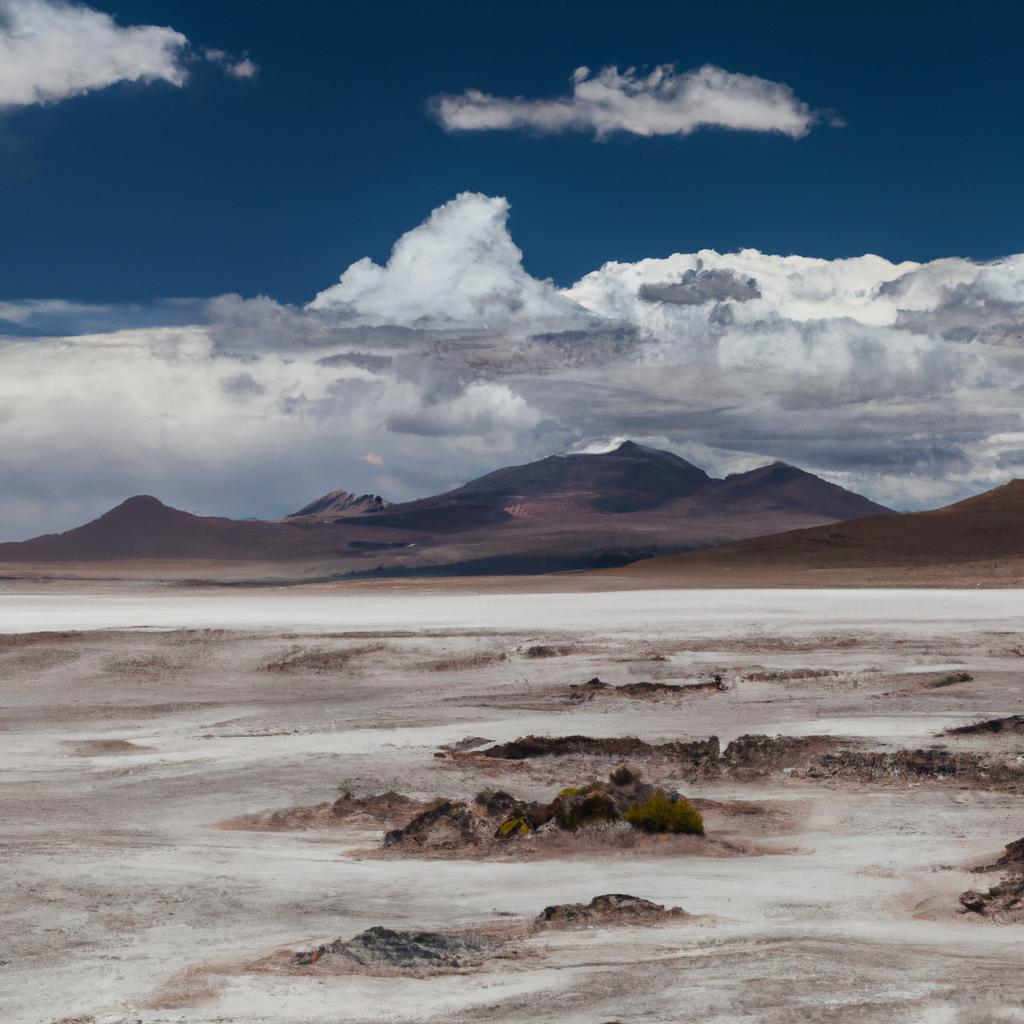
Stargazing in the Uyuni Desert is an experience like no other. With its clear night skies, the desert provides an awe-inspiring celestial display. Many tour operators offer stargazing tours, allowing visitors to marvel at the countless stars that light up the vast desert sky.
A visit to the Sol de Mañana geysers is another must-do activity. These extraordinary geysers, located at an altitude exceeding 5,000 meters, present an otherworldly sight. Nearby hot springs offer a chance for travelers to soak in their healing waters, providing a rejuvenating and relaxing experience.
For adventure seekers, the Uyuni Desert offers a plethora of thrilling pursuits, including mountain biking, hiking, and rock climbing. The imposing volcanoes and challenging terrain create an exhilarating playground for outdoor enthusiasts.
In conclusion, the Uyuni Desert, with its captivating history, resplendent culture, and breathtaking natural beauty, stands as an unparalleled destination for travelers. Exploring its wonders, such as the salt flats, lagoons, and geysers, promises an unforgettable and unique experience.
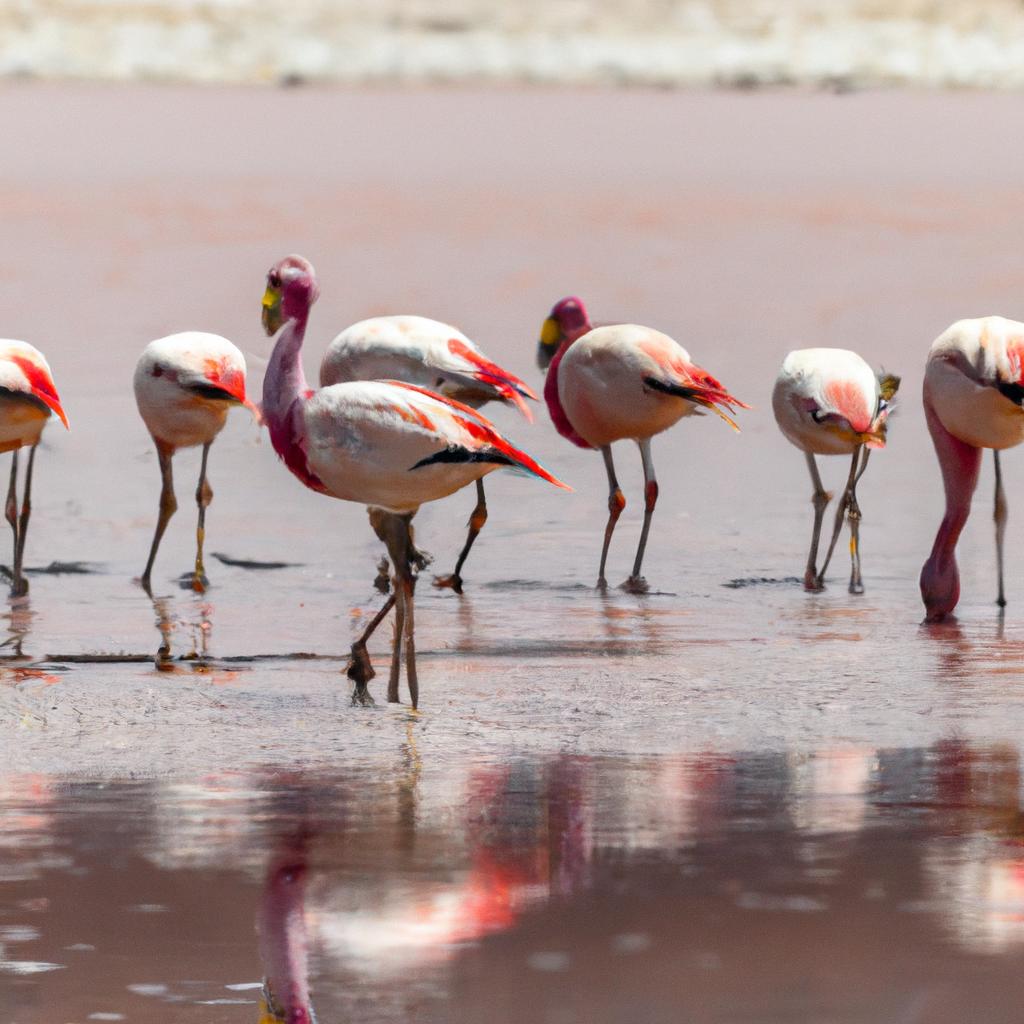
The Uyuni Desert is steeped in a rich and captivating history that stretches back millennia. Once part of a vast prehistoric saltwater lake, it evolved into the largest salt flat on the planet, leaving behind a remarkable legacy.
For thousands of years, the indigenous Aymara people have called the Uyuni Desert home. They skillfully harvested salt from the flats, engaging in trade with neighboring indigenous groups. The Aymara people’s vibrant cultural traditions, including music, dance, and storytelling, enriched the desert’s heritage.
In the 19th century, the Uyuni Desert transformed into a vital transportation hub for the mining industry. Unfortunately, this period marked a challenging time for the Aymara people, who were compelled to toil in the mines, enduring significant disruptions to their traditional way of life.
The Uyuni Desert currently serves as a testament to Bolivia’s cultural heritage, with several indigenous communities relying on the salt flats for their livelihoods. The town of Uyuni, a vital part of the desert’s history, boasts numerous historic landmarks, including a train station that once facilitated extensive transport connections for the mining industry.
The Uyuni Desert entices adventurers with a wide array of attractions and activities.
Tourist Attractions

Unquestionably, the salt flats remain the crown jewel of the Uyuni Desert. Stretching as far as the eye can see, these vast plains of white salt offer endless opportunities for incredible and artistic photographs. Travelers can embark on a 4×4 tour or take a bicycle ride to immerse themselves in the splendor of this natural wonder.
The Train Cemetery, located near Uyuni, captivates visitors with its collection of abandoned steam locomotives from the 1940s. Exploring this hauntingly beautiful wreckage strewn across the desert is an unforgettable experience.
Colorful lagoons, such as Laguna Verde and Laguna Colorada, further enhance the desert’s allure. These stunning bodies of water feature vibrant greens and reds, providing a captivating spectacle. Flamingos wade gracefully in the shallows, adding an extra touch of charm.
Popular Activities

Stargazing in the Uyuni Desert is nothing short of breathtaking. The clear night skies reveal a mesmerizing blanket of stars, offering a celestial spectacle that leaves a lasting impression. Many tour operators provide stargazing tours, allowing visitors to immerse themselves in the sheer beauty of the desert’s nighttime sky.
The Sol de Mañana geysers present another remarkable opportunity. These unique geysers, located at an altitude exceeding 5,000 meters, create a surreal and otherworldly atmosphere. Nearby hot springs offer a chance for relaxation and rejuvenation, complementing the geysers’ awe-inspiring display.
For adventure enthusiasts, the Uyuni Desert provides an adrenaline rush with options like mountain biking, hiking, and rock climbing. The towering volcanoes and rugged terrain present challenges and rewards for outdoor enthusiasts seeking a thrilling experience.
In conclusion, the Uyuni Desert stands as an exceptional destination that promises a remarkable and unforgettable experience for travelers. Its wealth of attractions and activities, combined with its remarkable history, vibrant culture, and breathtaking landscapes, ensure an extraordinary journey for anyone visiting Bolivia.
The Uyuni Desert, despite its natural splendor, faces several environmental challenges that warrant attention. Climate change poses a significant threat to the region, causing shifts in temperature and rainfall patterns that impact its fragile ecosystem.
Furthermore, the increasing number of tourists visiting the Uyuni Desert places additional pressure on its delicate ecosystem. The salt flats, in particular, require protection as the salt crust takes years to regenerate once damaged.
To mitigate these concerns, the Bolivian government and local communities have undertaken measures to preserve the Uyuni Desert. The creation of the Eduardo Avaroa Andean Fauna National Reserve in 1973 stands as a notable effort. This expansive reserve covers over 700,000 hectares of land and serves as a sanctuary for endangered species like the Andean fox and vicuña.
Tour operators also play a crucial role in minimizing the impact of tourism on the Uyuni Desert. Many companies are adopting sustainable practices, such as utilizing electric vehicles and promoting responsible tourism behavior.
In conclusion, the Uyuni Desert is a unique and mystical destination that exudes natural beauty, history, and culture. While it faces environmental challenges, efforts are being made to safeguard and preserve this delicate ecosystem for future generations. As visitors, it is our responsibility to respect and protect the wonders of the Uyuni Desert so that future generations can continue to admire its marvels.
Please note that the images provided in the original article are placeholders and should be replaced with appropriate images related to the Uyuni Desert.
